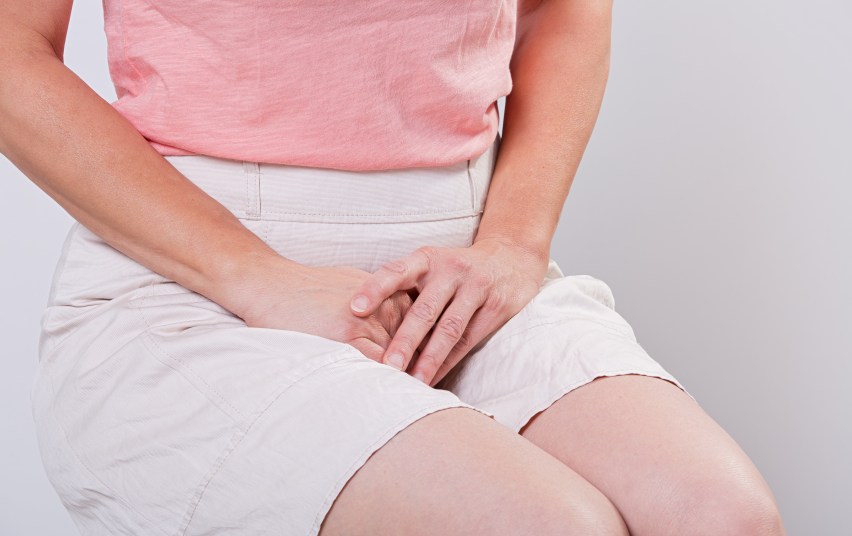Your Risk of Developing a Pelvic Floor Disorder May Be Tied to Your Delivery Method, Study Suggests

One cause of pelvic floor dysfunctions may be delivery method, according to a new study. Researchers at Johns Hopkins and Greater Baltimore Medical Center reported that women who had operative vaginal deliveries (these are deliveries where doctors use forceps or vacuum assistance to deliver a child) were at a higher risk of developing a pelvic floor disorder after they gave birth.
The results, which were published in a December 2018 issue of JAMA, reported on more than 1,500 women who had given birth within the last five to 10 years and followed them for up to nine years. Of those women, 778 had delivered all of their children via caesarean, 565 had at least one spontaneous vaginal delivery, and at least 185 had had at least one operative vaginal delivery. Some of the women had developed pelvic floor disorders by the time the study started, while others developed them during follow-ups.
Researchers wanted to learn whether delivery method affected a women’s risk of developing any of the following conditions: stress urinary incontinence (leakage during activities that placed pressure on the abdomen), overactive bladder (frequent and urgent need to urinate), anal incontinence (involuntary loss of stool or gas), and pelvic organ prolapse (when the muscles supporting the pelvic organs grow weak, allowing the organs to fall into or out of the vagina).
When researchers organized the data, they found that caesarean delivery significantly reduced a woman’s risk of developing a pelvic floor disorder, especially pelvic organ prolapse. For this condition specifically, researchers noted that nine percent of women who had delivered via caesarean experienced pelvic organ prolapse within 15 years after delivering their first child. That number was between 30 percent for women who had at least one vaginal delivery, and 45 percent for women who had at least one operative delivery.
Another important discovery was that genital hiatus (the distance between the urethra and posterior hymen) was a strong indicator of women who were at a high risk of developing a pelvic floor disorder as they aged.
“While this study was limited to one community hospital and might not accurately reflect populations nation- or world-wide, it is the first time we have been able to gather data over a significant period of time,” says Victoria Handa, MD, MHS, professor of gynecology and obstetrics at the Johns Hopkins University School. “These data help us understand which women might be at highest risk to develop these conditions. Ultimately this research will help us identify which women should be targeted for prevention strategies, and will hopefully improve our ability to deliver the right type of care to the right person.”
If you’re worried about developing a pelvic floor disorder, there are steps you can take to strengthen your muscles down there. Pelvic floor therapy, which includes certain exercises like kegels to prevent incontinence, is designed to relax and strengthen the muscles in your pelvis. This can be done in conjunction with other treatment methods for pelvic floor disorders. As always, a talk with your doctor may be beneficial to come up with a personalized plan to heal your body.
More From FIRST
Yes, Your Private Parts Really Can Get ‘Depressed’
A Tummy Tuck Can Reduce Back Pain and Incontinence After Childbirth, Study Finds
How to Exercise in a Safe Way so You Protect Your Pelvic Floor













